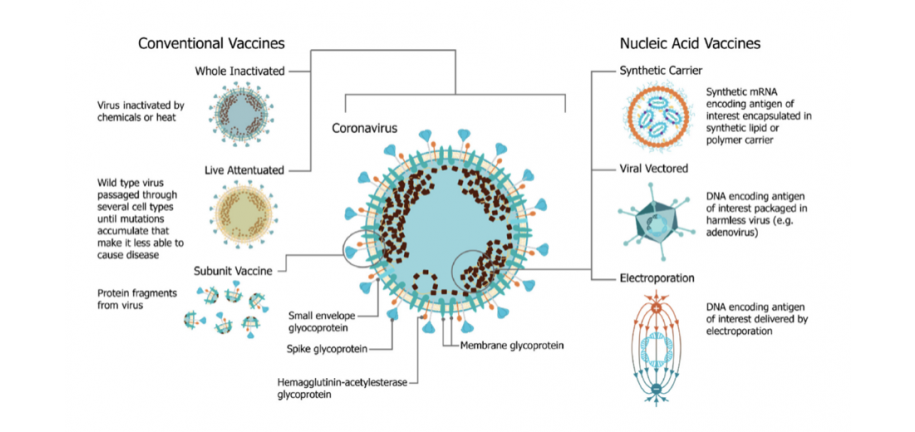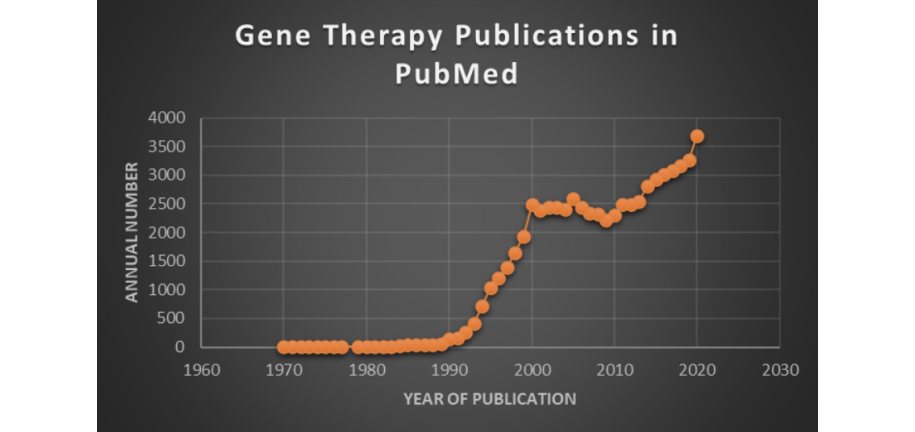Applying CleanCap® mRNA: 4 Example Studies
Historically, reporter genes have been delivered as DNA plasmids for transcription into mRNA before translation into a reporter protein. In biological systems, ideal reporter proteins generate highly sensitive signals that are easily measurable. Thus, they are often photoluminescent (e.g., GFP) or chemiluminescent (e.g., luciferase).










